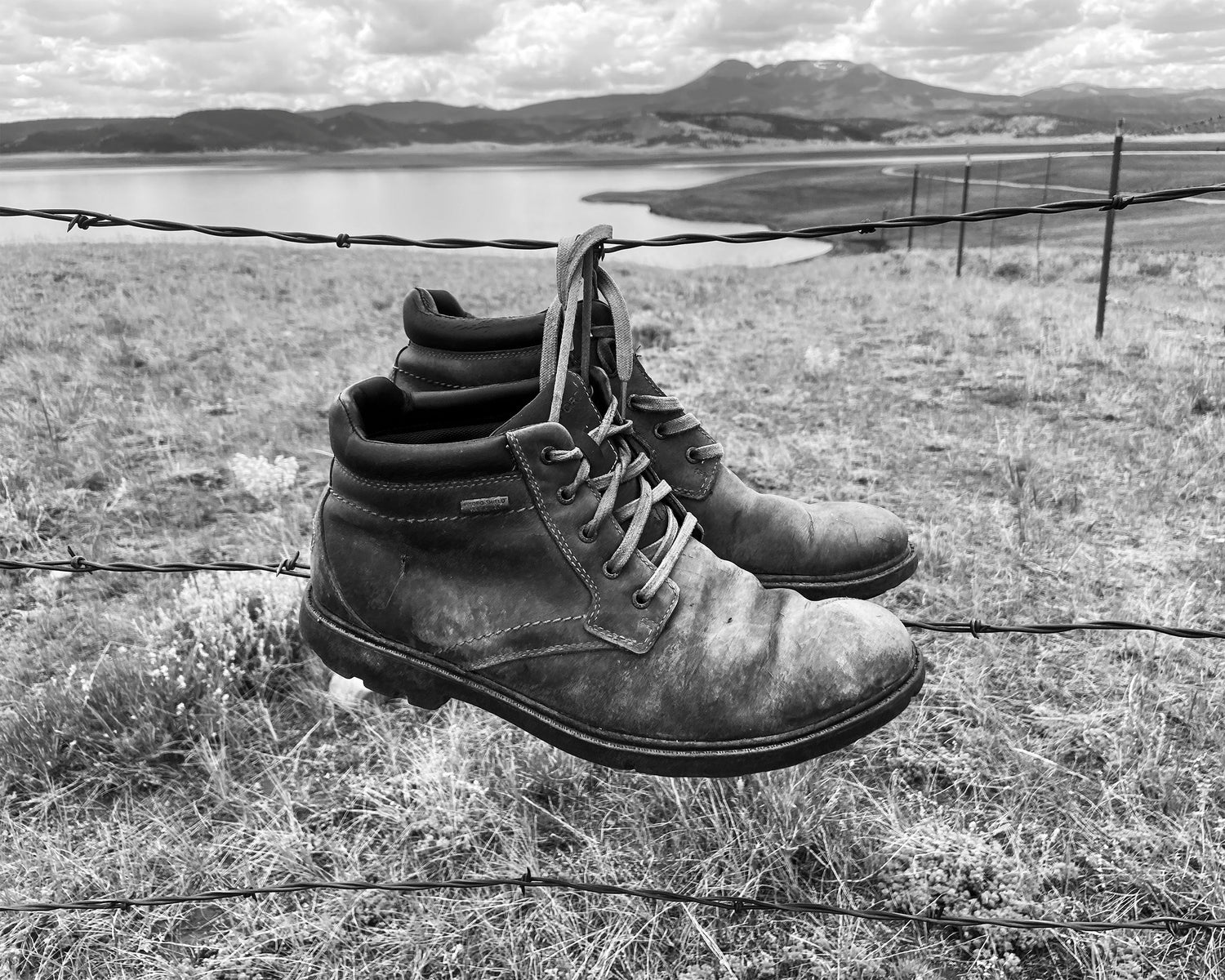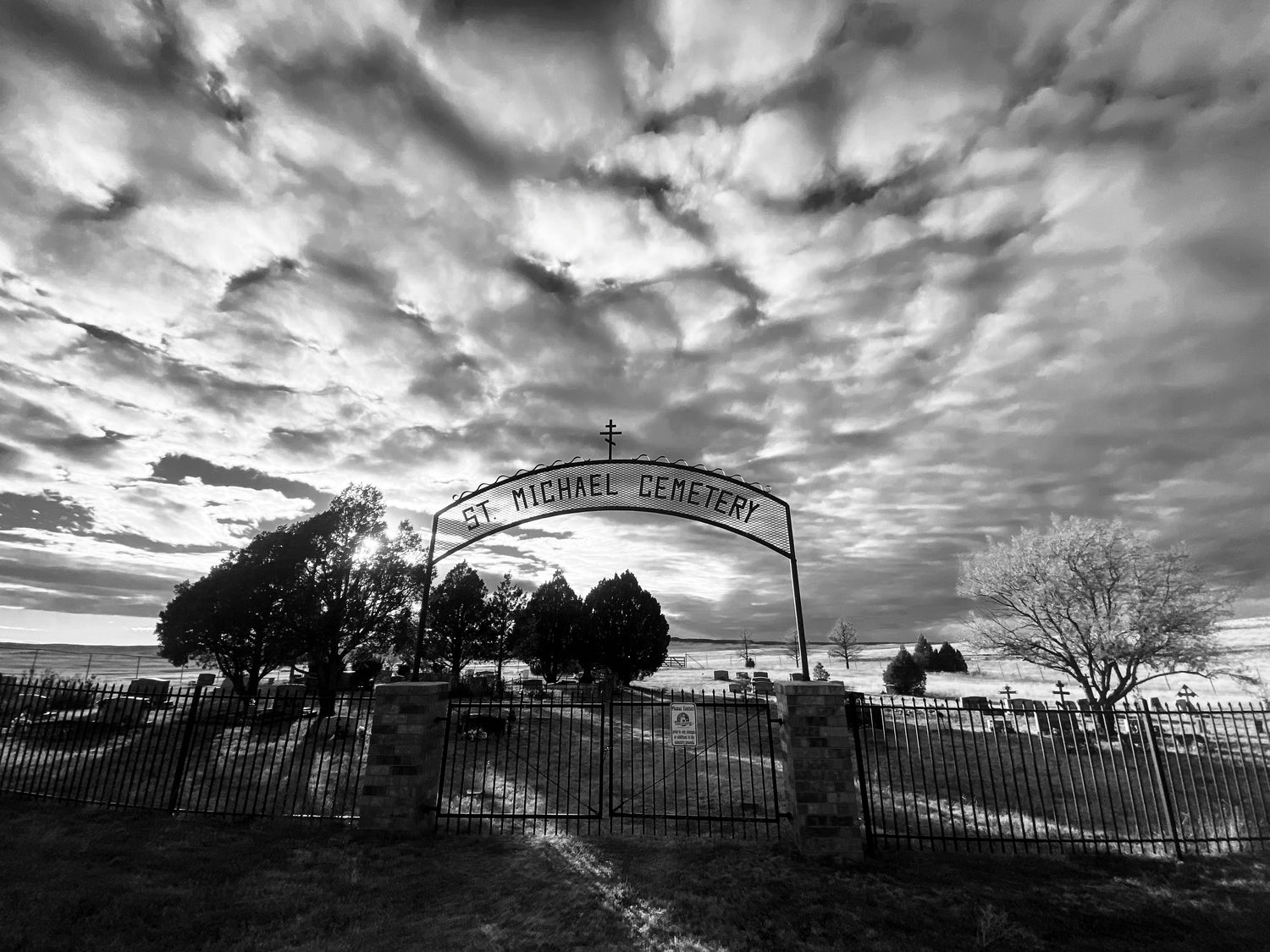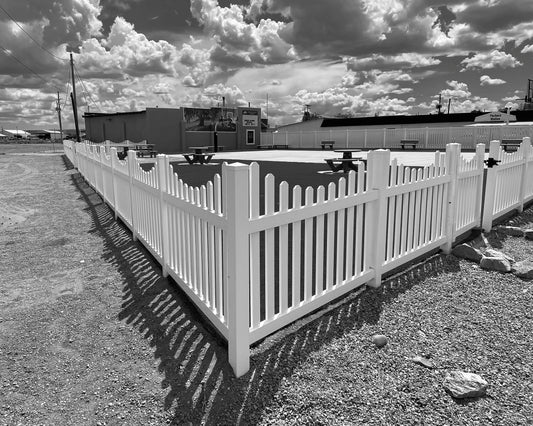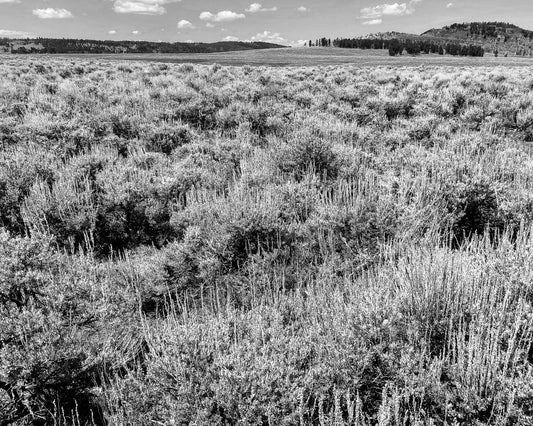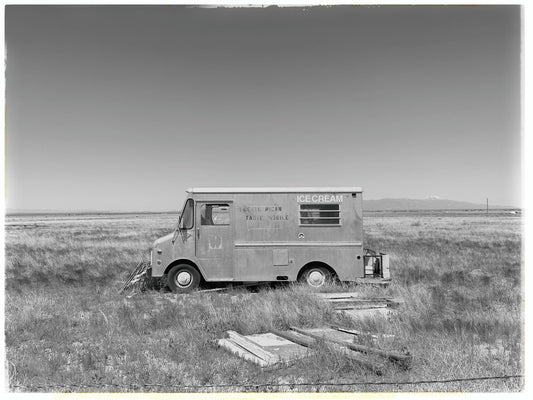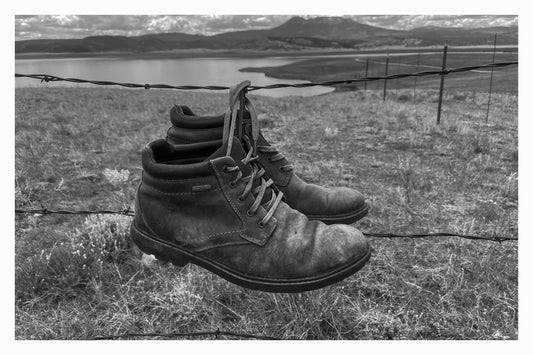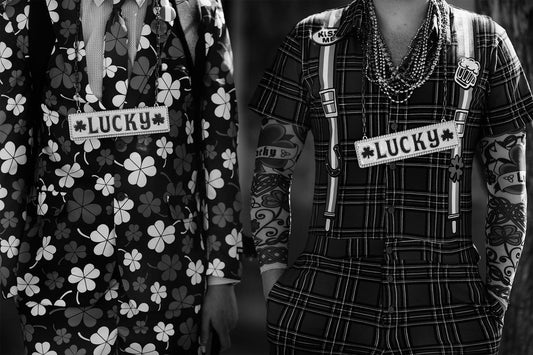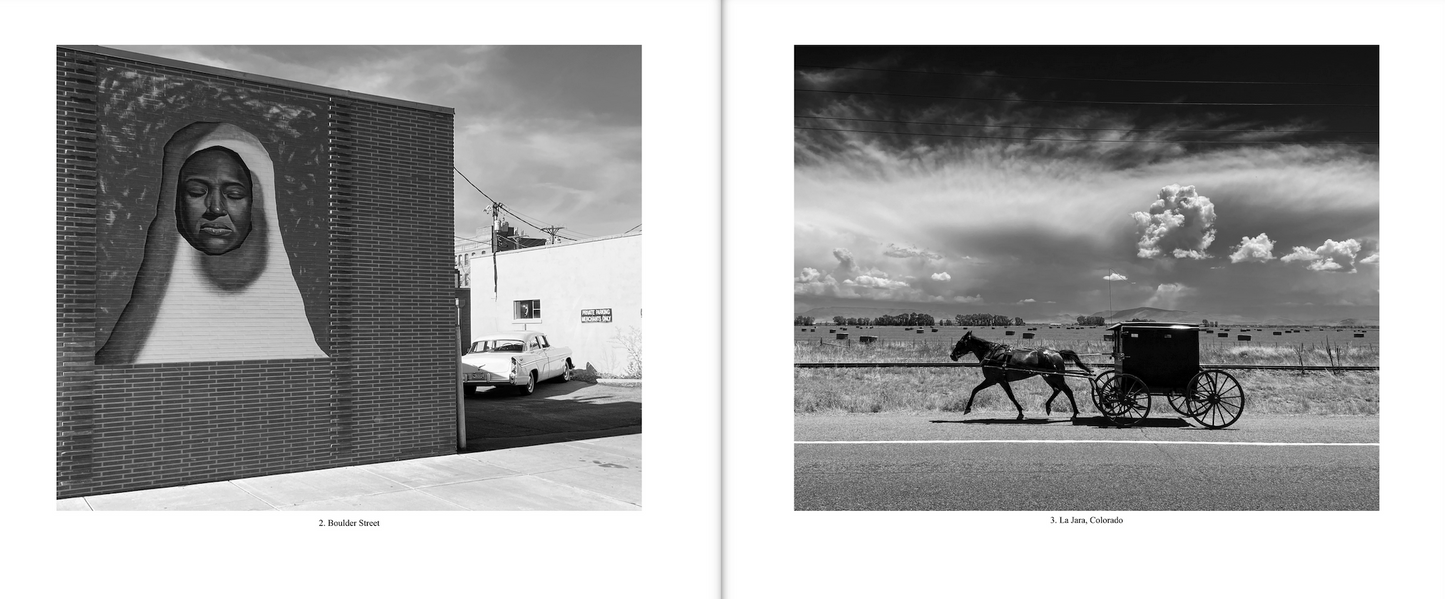
Fine Art Prints
-
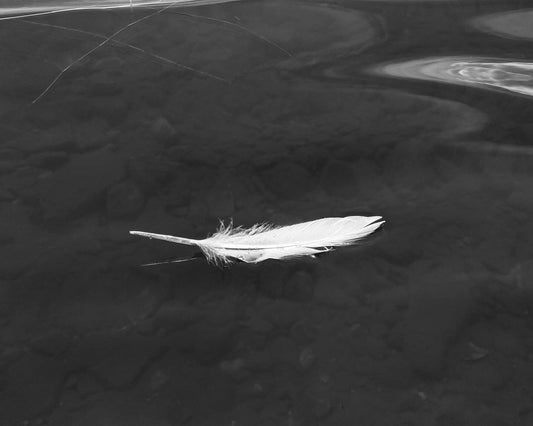 Sold out
Sold outAntero Reservoir
Regular price $150.00 USDRegular priceUnit price per -
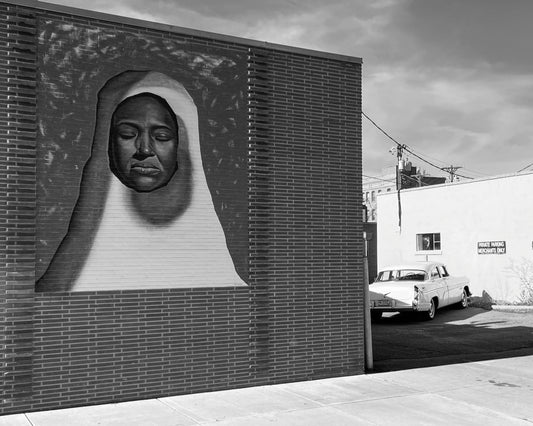 Sold out
Sold outBoulder Street
Regular price $250.00 USDRegular priceUnit price per
Collections
-

Lost & Found Collection
Images included in the photo book Lost & Found
The iPhone
iPhone vs Camera

The common perception is that a photograph made with an iPhone is a poor substitute for a "real photograph" made with a "real camera." I disagree with that. As a professional photographer of 30 years, I find the iPhone offers a kind of freedom in photography that a traditional 35mm camera — once the tool of the discreet photographer — no longer offers. Everyone is aware of the camera around your neck but not the iPhone in your hand.
Photographer Henri Cartier-Bresson made famous the idea of the "the decisive moment" to describe a photograph of something fleeting. It’s a moment in time that is captured à la sauvette or hurriedly. To accomplish this with a 35mm camera is difficult when a subject sees a camera. Discretion as well as exceptional print quality make the iPhone an ideal tool for the documentary photographer. It is perfectly suited for capturing unguarded moments.
New tool for a new century

For 70 years the 35mm camera was the camera of choice for taking photographs. Today, that thinking is starting to change. It's easy to forget the 35mm camera format was once the new tool that replaced an older one for more convenience and ease. Those older cameras were large and bulky. The most common press camera of the 1930's and 40's was a 4x5. There was just one shot before having to stop and reload.
The 35mm camera is disrupted in a similar way by the iPhone. The iPhone and others like it, in a few short years, have become the go-to for all kinds of photographers. For me the iPhone is uncommonly good at both street photography and landscape work. It's a tool that may even rival Cartier-Bresson's - the venerable 35mm Leica.
I know, Blasphemy! :)
Point of View

Throughout my career as a journalist I've constantly wrestled with the argument of photographing a subject that is unaware they're being photographed. It is akin to taking a photograph without the subject's permission.
As a newspaper photographer, I was never allowed to publish a photograph of someone without getting their name first. Today, it's different. I'm a witness instead of a journalist.
Whenever I am out and about, I am engaged in a dance with other people and environments. I'm taken by the unexpected, a piece of light or a scene I may pass.
Most of us today get lost in our phones, eyes down and unaware of our surroundings. But what of discovering the surprises just around the corner? The ones that present themselves everyday, asking quietly for us to notice?
I choose to notice. It is often more interesting than what is on my phone. Using my iPhone to photograph and explore the world is a way of paying attention and living in the present moment. For me it is also a meditation, a reminder to take in the world in front of me.
In his iconic book The Americans, photographer Robert Frank similarly engaged in this dance. For Frank, photographing the American experience was personal and also poetic.
I like both of those ideas. — Sean
About Sean Cayton

Sean Cayton practices documentary and fine art photography using his iPhone. Starting as a photojournalist for small newspapers on the Western Slope of Colorado, he graduated to freelancing for the Denver Post and the Colorado Springs Independent. In his photojournalism career he focused on photographing long-form documentary and investigative stories centered on social justice.
Sean photographed uranium miners in the four corners area, expectant mothers in prison, and soldier's with undiagnosed TBI's and PTSD returning from the war in Iraq. Other stories included the Hayman fire, the largest wildfire in Colorado history, and the fate of Ft. Lyon VA, a now-closed home for elderly veterans.
In 2000, Sean began a successful wedding photography studio in Colorado Springs. During this period, he photographed wedding ceremonies at wineries, on ski hills, at beaches, farms, a castle and the zoo.
Sean began using an iPhone to photograph 10 years ago. Until recently, he never considered the iPhone to be a camera equivalent. Improvements to the iPhone including the advent of computational photography allow him to explore more creative possibilities. Sean's well known for approaching his work in a manner that allows for the subject to be photographed discreetly. The iPhone does this with ease.
"I always thought the iPhone is a wonderful camera to take pictures of friends and family. But over the the past few years, that's changed.
The iPhone offers both creative possibilities and incredible print quality. The images I've made with the newer iPhone's remind me why I decided to be a photographer. I can permanently record experiences I have everyday on the street as well as in my travels. Ultimately, the photographs represent a visual experience.
I'm excited to offer these fine art photographs as prints. Rarely do we print anything anymore. Printing the work has been a lot of fun.”
